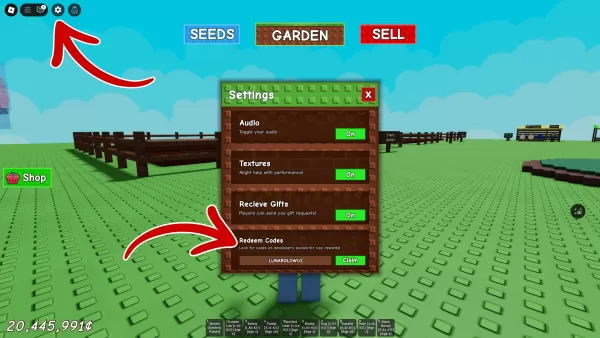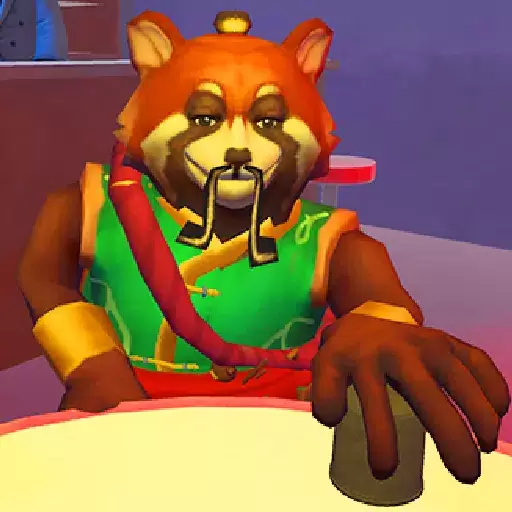In the world of Pokémon GO, regional Pokémon are a special breed, literally tied to specific corners of the globe. These unique creatures add a thrilling layer of exploration to the game, encouraging players to embark on real-world adventures to capture them all. Initially, there was only one regional Pokémon, but now, the roster has expanded to a fascinating dozen across multiple generations. Let's dive into the world of regional Pokémon and guide you on where to find these elusive creatures.
Table of Content ---
What are regional Pokémon? Generation One Generation Two Generation Three Generation Four Generation Five Generation Six Generation Seven Generation Eight 0 0 Comment on this What are regional Pokémon?
Regional Pokémon are unique creatures that can only be found in specific parts of the world. Catching these Pokémon often requires travel to different countries or continents, fostering a sense of global community among players with shared interests. Unfortunately, a comprehensive Pokémon GO regional map is impractical due to the vast number of creatures and their varied locations. To help you navigate this, we've organized them by their generational debut.
Generation One
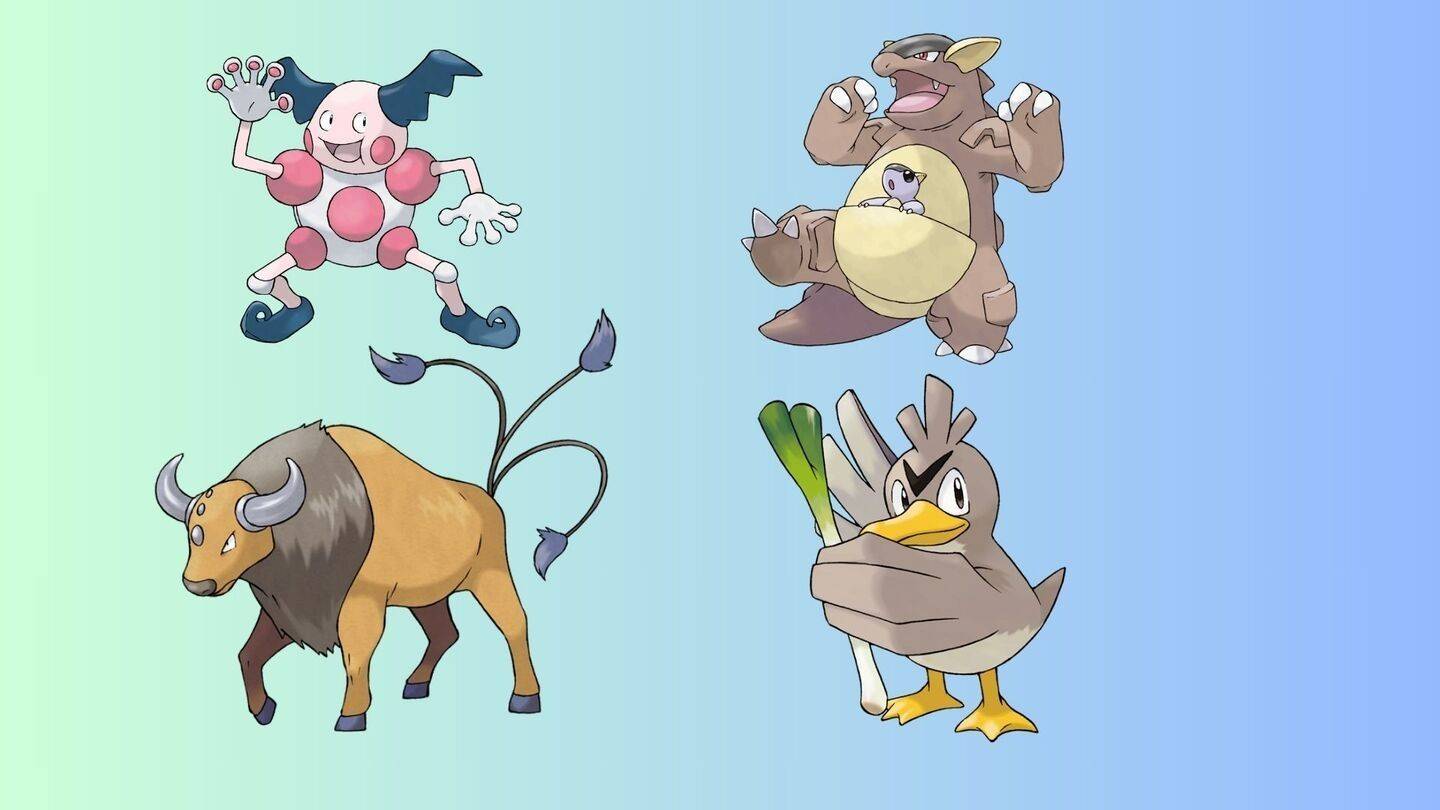 Image: ensigame.com
Image: ensigame.com
The first generation of regional Pokémon is widely distributed, making them relatively easy to find in bustling locations like malls, cinemas, or shopping centers.
| Name | Region |
|---|---|
| Mr. Mime | Europe |
| Kangaskhan | Australia |
| Tauros | USA |
| Farfetch'd | Japan, South Korea, Taiwan, Hong Kong |
Generation Two
 Image: ensigame.com
Image: ensigame.com
The second generation features Pokémon in less frequented regions, with fewer creatures compared to the first or third generations. While Heracross is relatively easy to catch, Corsola requires specific conditions related to tropical coastlines.
| Name | Region |
|---|---|
| Heracross | Central and South American regions |
| Corsola | Tropical areas near coastlines, specifically between 31° North latitude and 26° South latitude |
Generation Three
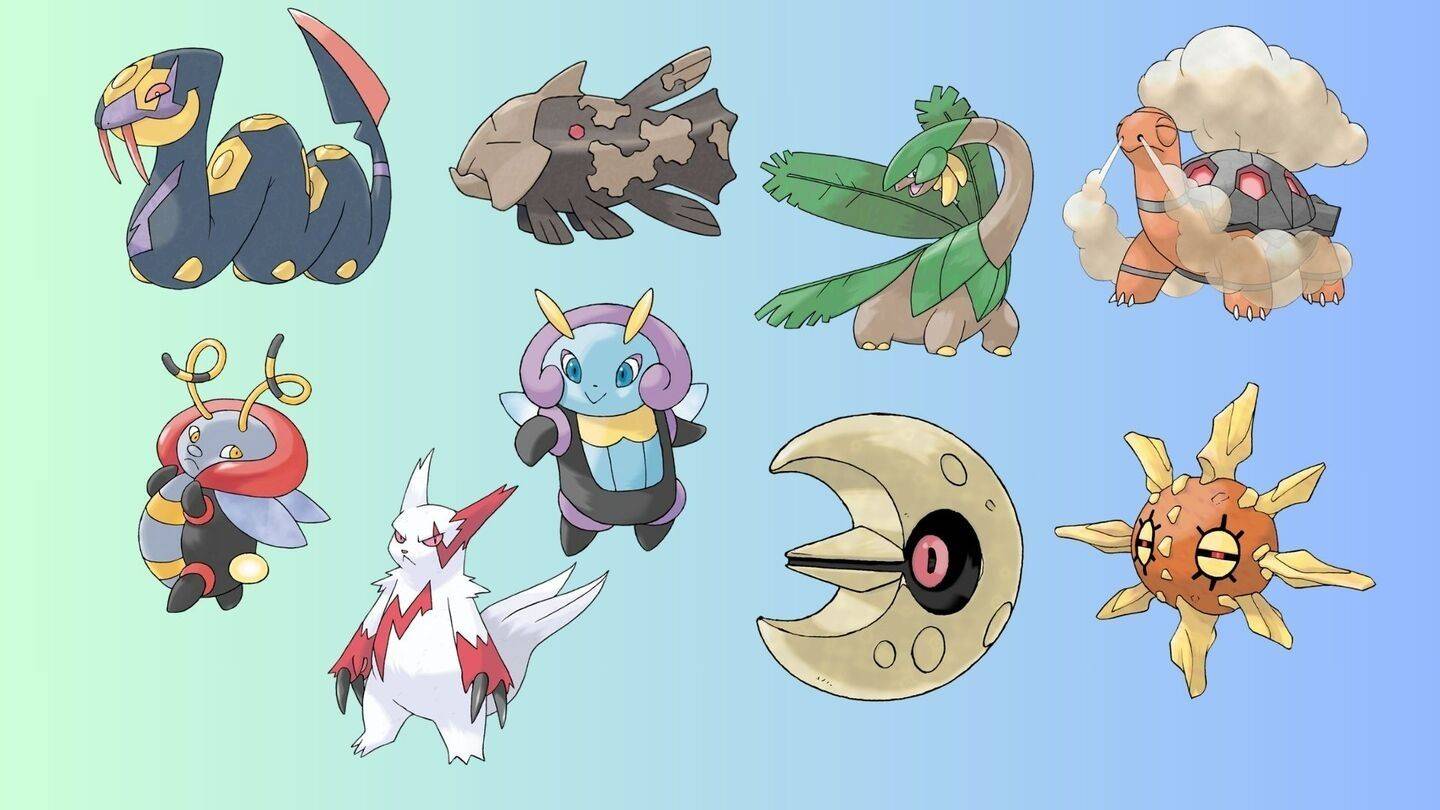 Image: ensigame.com
Image: ensigame.com
The third generation's regional Pokémon are spread across the globe, requiring a world tour to catch them all. Most are found in North and South America, and they generally don't require specific conditions to encounter.
| Name | Region |
|---|---|
| Volbeat | Europe, Asia, Australia |
| Zangoose | |
| Illumise | America and Africa |
| Lunatone | Western Hemisphere – West of Greenwich Meridian Line in Europe and Africa, North and South America |
| Solrock | Eastern Hemisphere – East of Greenwich Meridian Line in Europe and Africa, Asia, Australia, Middle East |
| Seviper | America and Africa |
| Relicanth | New Zealand, adjacent islands |
| Tropius | Africa, Middle East |
| Torkoal | Western Asia, Southeast Asia |
Generation Four
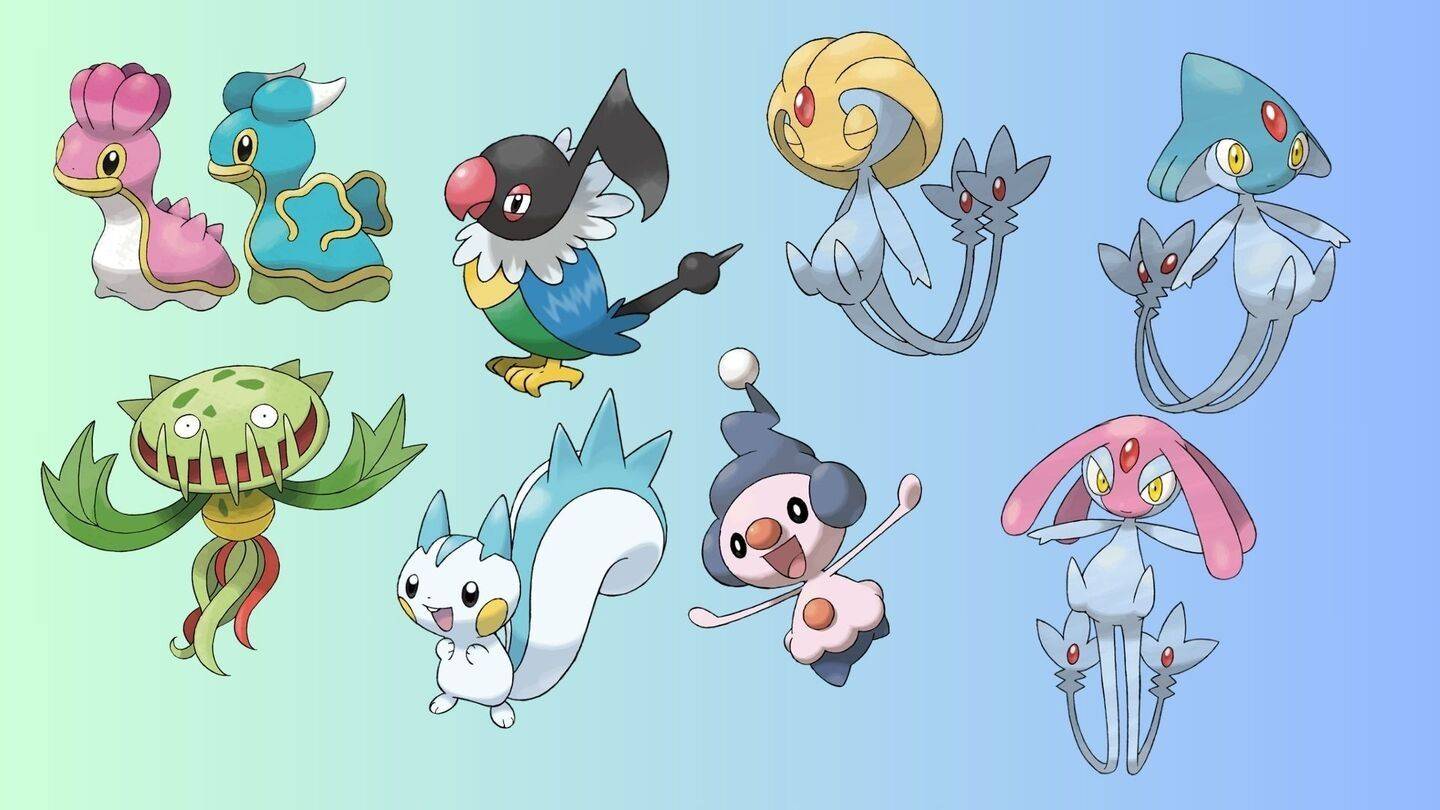 Image: ensigame.com
Image: ensigame.com
The fourth generation offers a smaller but intriguing list of regional Pokémon. Many can be found in Europe, which narrows down the travel destinations. These Pokémon often appear in crowded places, making the search more manageable.
| Name | Region |
|---|---|
| Carnivine | USA (Southeast) |
| Pachirisu | Alaska, Canada, Russia |
| Mime Jr. | Europe |
| Mesprit | Europe, Africa, Asia, Middle East |
| Azelf | North and South America, Greenland |
| Uxie | Asia-Pacific |
| Chatot | Southern Hemisphere |
| Shellos | Pink: Western Hemisphere. Blue: Eastern Hemisphere |
Generation Five
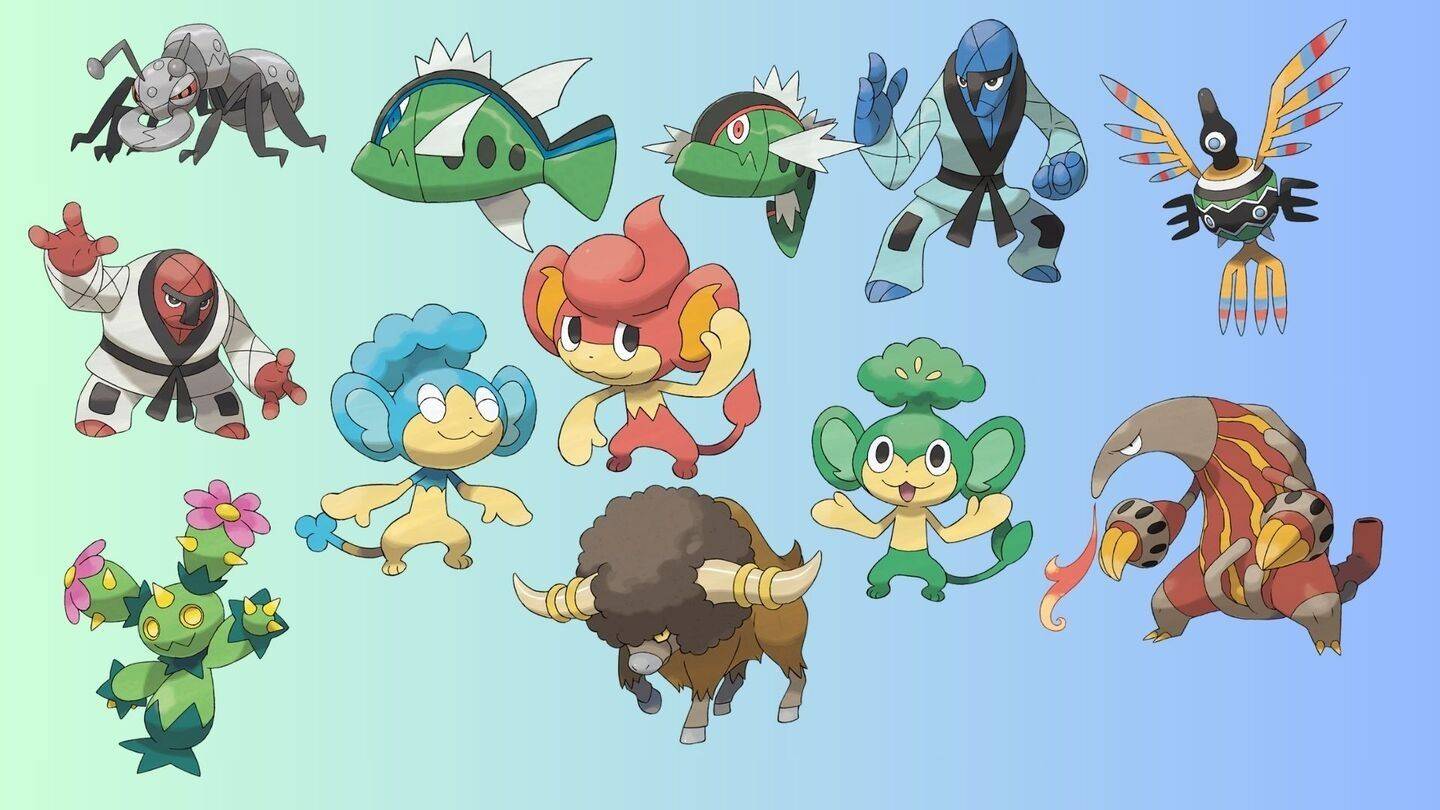 Image: ensigame.com
Image: ensigame.com
The fifth generation's regional Pokémon are notable for their diverse habitats, including Egypt and Greece. This generation showcases a variety of Pokémon types, each choosing unique regions to call home.
| Name | Region |
|---|---|
| Throh | North and South America, Africa |
| Pansear | Europe, Middle East, India, Africa |
| Maractus | Mexico, Central and South America |
| Panpour | North and South America, Greenland |
| Bouffalant | New York |
| Pansage | Asia-Pacific Region |
| Heatmor | Europe, Asia, Australia |
| Durant | North and South America, Africa |
| Basculin | Red: Eastern Hemisphere. Blue: Western Hemisphere |
| Sawk | Europe, Asia, Australia |
| Sigilyph | Egypt, Greece |
Generation Six
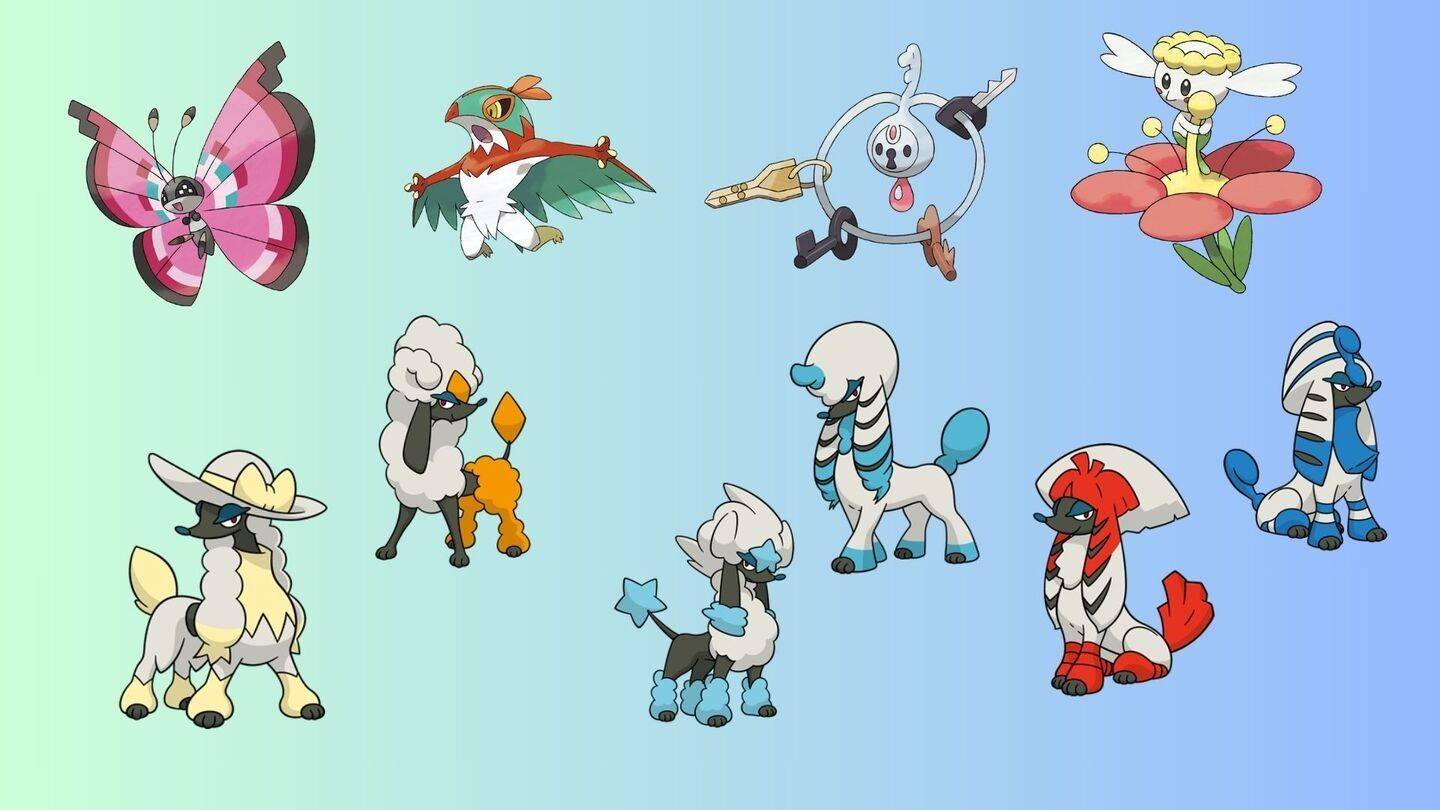 Image: ensigame.com
Image: ensigame.com
The sixth generation has fewer regional Pokémon than the fifth, with each creature scattered across different regions. This makes for an exciting journey as you seek out your desired Pokémon.
| Name | Region |
|---|---|
| Furfrou (Debutante) | America |
| Furfrou (Diamond) | Europe, Middle East, Africa |
| Furfrou (Star) | Asia-Pacific |
| Furfrou (La Reine) | France |
| Furfrou (Kabuki) | Japan |
| Furfrou (Pharaoh) | Egypt |
| Flabebe | Europe, Middle East, Africa |
| Klefki | Everywhere, but most often spotted in: Brussels and Antwerp, Basel and Lausanne, Turin, Logroño, Kaiserslautern, Freiburg im Breisgau, and Karlsruhe |
| Hawlucha | Mexico |
| Vivillon | Everywhere |
Generation Seven
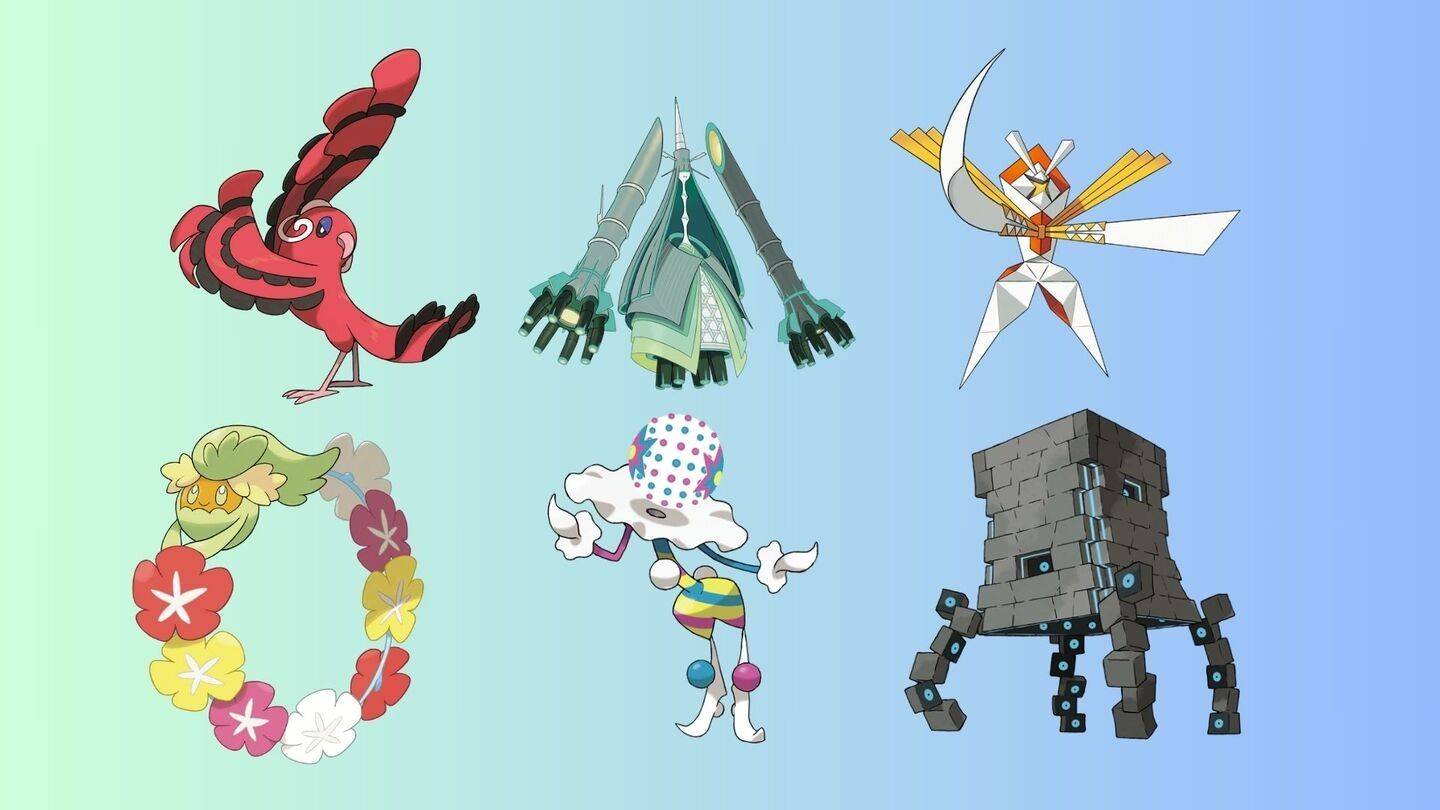 Image: ensigame.com
Image: ensigame.com
The seventh generation's regional Pokémon are true globetrotters, available in nearly every corner of the world. Whether you're planning a vacation or just exploring locally, you're likely to encounter one of these Pokémon.
| Name | Region |
|---|---|
| Stakataka | Eastern Hemisphere |
| Blacephalon | Western Hemisphere |
| Comfey | Hawaii |
| Oricorio | Europe, Middle East, Africa, America, Pacific and Caribbean Islands |
| Celesteela | Southern Hemisphere |
| Kartana | Northern Hemisphere |
Generation Eight
The eighth generation introduces Stonjourner, a regional Pokémon exclusive to the United Kingdom. To catch this unique creature, explore the UK's landmarks outside urban areas.
 Image: ensigame.com
Image: ensigame.com
We hope this guide to regional Pokémon has been helpful. Now that you know where to find these special creatures, have you caught any of them? Share your experiences in the comments below!

 Latest Downloads
Latest Downloads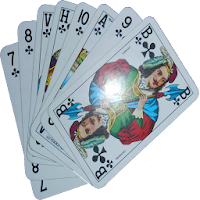
 Downlaod
Downlaod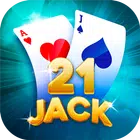


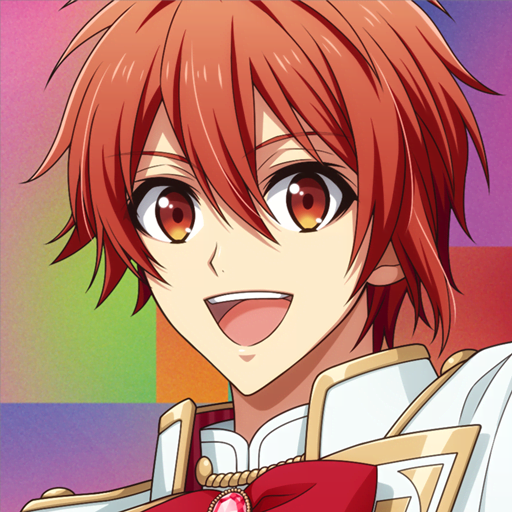

 Top News
Top News